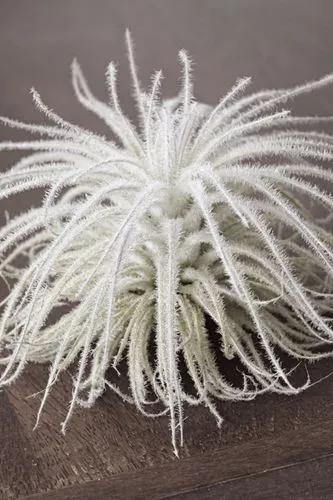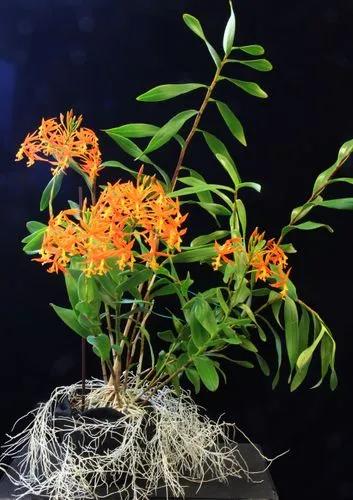Bauhinia purpurea is a small to medium-size deciduous tree growing to 17 feet (5.2 m) tall. The leaves are 10–20 centimetres (3.9–7.9 in) long and broad, rounded, and bilobed at the base and apex. The flowers are conspicuous, pink, and fragrant, with five petals. The fruit is a pod 30 centimetres (12 in) long, containing 12 to 16 seeds. Leaves are alternate.In the United States of America, the tree grows in Hawaii, coastal California, southern Texas, and southwest Florida. Bauhinia × blakeana is usually propagated by grafting it onto B. purpurea stems.
Butterfly Tree Care
Bauhinia Purpurea



The young leaves and flowers of Bauhinia purpurea are edible. In the Philippines, B. purpurea is known as alibangbang (lit. "butterfly"). The leaves have a citrusy and sour taste and are used as a souring agent for sinigang and similar dishes in Philippine cuisine. Throughout Southeast Asia, B. purpurea and related species are also used in making poultices for treating swelling, bruises, boils, and ulcers. Various parts of the plant are also used in decoctions to treat fever and stomach ailments, as well as being used as an astringent. In Indian traditional medicine, the leaves are used to treat coughs while the bark is used for glandular diseases and as an antidote for poisons. The flowers are also used in pickles and curries and is regarded as a laxative. It is called Kānchan ( কাঞ্চন) in Assamese and in Bengali.A wide range of chemical compounds have been isolated from Bauhinia purpurea including 5,6-dihydroxy-7-methoxyflavone 6-O-β-D-xylopyranoside, bis [3',4'-dihydroxy-6-methoxy-7,8-furano-5',6'-mono-methylalloxy]-5-C-5-biflavonyl and (4'-hydroxy-7-methyl 3-C-α-L-rhamnopyranosyl)-5-C-5-(4'-hydroxy-7-methyl-3-C-α-D-glucopyranosyl) bioflavonoid, bibenzyls, dibenzoxepins, mixture of phytol fatty esters, lutein, β-sitosterol, isoquercitin and astragalin
How to Care for the Plant

Popularity

458 people already have this plant 107 people have added this plant to their wishlists
Discover more plants with the list below
Popular articles






